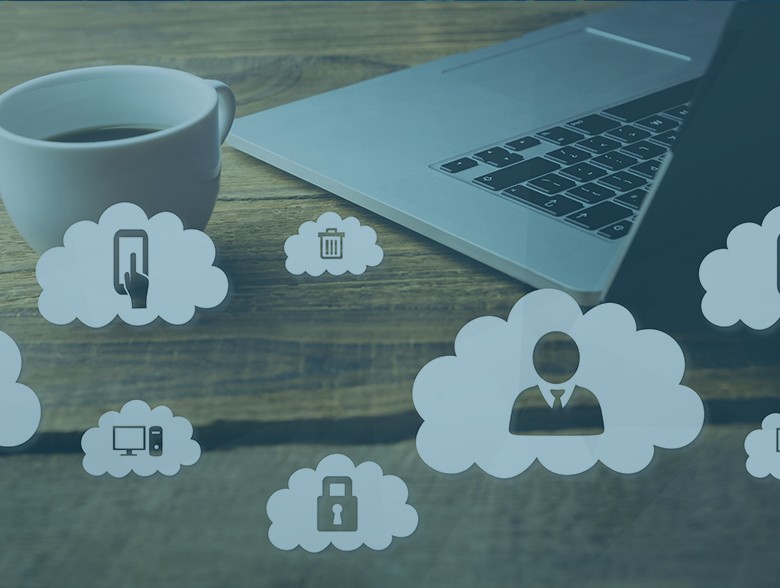In today’s rapidly evolving digital landscape, organizations are increasingly undergoing digital transformation to stay competitive and meet the demands of the modern consumer. As part of this transformation, they are modernizing their core product offerings and implementing best practices to ensure continued success. However, one aspect that is often overlooked during this process is security, particularly in the cloud environment.
Companies undergoing digital transformation in 2023 may not be adequately secured against modern security threats, especially in the cloud. This presents an opportunity for Chief Information Security Officers (CISOs) to prioritize the improvement of cloud security controls and access management. The consequences of lax cloud security and access management controls have been evident in high-profile data breaches that have affected Fortune 500 organizations in recent years. Therefore, it is crucial for organizations to address these vulnerabilities and strengthen their security posture.
Digital transformation efforts offer organizations the chance to reevaluate their security posture and improve their security controls. While modern cloud services come with robust security measures, they need to be properly configured and managed to ensure sustainable security. Placing assets in the cloud opens up new potential for access, making it essential to implement measures to protect sensitive data. By implementing safeguards and ensuring business continuity benefits are realized, organizations can prevent potential data breaches and minimize the impact of security incidents.
Cloud environments also offer enhanced capacity for event logging and compliance monitoring, which are critical for maintaining regulatory compliance. Major cloud service providers offer these features and integrate well with security monitoring and alerting infrastructure stacks. By utilizing these tools, organizations can streamline their compliance processes and ensure that sensitive and regulated data is adequately secured.
Cloud security and access management are crucial components of digital transformation initiatives. Cloud services enable organizations to improve product delivery, scalability, and cost efficiencies. However, securing cloud environments against cyber threats can be challenging due to their complexity and dynamic nature. Cloud security encompasses practices and technologies designed to protect cloud-based data, applications, and infrastructure, while access management focuses on ensuring that only authorized personnel can access cloud resources.
Implementing identity and access management (IAM) solutions and multi-factor authentication (MFA) are essential for effective access management in the cloud. IAM solutions help manage user identities, permissions, and authentication, ensuring that access controls are standardized and enforced. MFA adds an extra layer of security by requiring additional access tokens, reducing the risk of unauthorized access.
Despite the importance of cloud security and access control, many organizations do not prioritize these measures during digital transformation. There are several reasons for this, including a lack of expertise in cloud security technologies, a perception that old security practices are sufficient, and cost considerations. However, neglecting cloud security can have severe consequences, including compromised environments and costly remediation efforts.
To address these challenges, CISOs need to educate their technology peers about the pitfalls of poor cloud security and access control. They should emphasize the need to invest in training and revised security practices during the migration stages, as implementing security as an afterthought can lead to increased costs and reduced return on investment. Including security training as part of the migration process ensures that the security team is well-prepared to protect the environment and support infrastructure.
Furthermore, CISOs should rally organizational leadership around the importance of robust security and access controls from the outset of a digital transformation project. Failure to prioritize these measures can put corporate assets at risk, as the risks in a public cloud environment are more significant than in on-premises or collocated infrastructure. Improper security and access configuration can expose mission-critical operations and sensitive information to compromise.
In conclusion, CISOs play a crucial role in ensuring that organizations undergoing digital transformation prioritize cloud security and access control. By recognizing the significance of these measures and educating their peers about their importance, CISOs can help organizations mitigate the risks associated with digital transformation and ensure continued success in the modern digital landscape.


